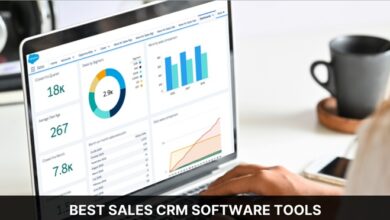Modern Business Models in E-commerce Sites

The topic of Internet commerce has become a real trend in recent years. Many small businesses and individuals open their e-commerce sites and successfully trade on the Internet. Thanks to easy-to-learn and accessible to a wide range of people website builders, CMS-systems and other services for creating websites, any entrepreneur is able to master this business and create his own online store.
The issue of goods and suppliers is the first in importance for any e-commerce site. In business niches in which there are a large number of commodity items, there are many suppliers for different groups of goods. This is most common in the case of large online stores and marketplaces. Below we will look at ways to avoid hidden risks from a large number of suppliers. But in order to avoid confusion, we will first consider the main options for working with suppliers and the business models of e-commerce projects.
1. Own warehouse
This is the most common business model, implemented by at least 90% of existing commodity businesses and entrepreneurs. Its essence lies in the pre-purchase of goods and putting it on the counter (publication on the site).
- The main advantage of this business model is complete control from the purchase of goods to their sale. The seller has the opportunity to profitably purchase the goods, control its quality and guarantee timely shipment to the client.
- Among the disadvantages of such a model are the costs of logistics to the point of receipt of the goods (warehouse), the costs of the warehouse (which includes rent and organization of the work of the warehouse together with its administrators) and other organizational issues related to the purchase of goods, delivery, storage and sending it to the buyer .
2. Dropshipping business model
Dropshipping is a relatively young business model. It originated in America and soon became the most common business model in Europe and around the world. This phenomenon fully reflects the current global trend – the narrowing of the specialization of businesses. This means that the issue of storing goods, managing a warehouse and sending parcels is taken over either by a separate company or by the manufacturer itself. That is, the product that you sell is located at the manufacturer (supplier). After your client buys this product, the supplier sends it to the buyer, and transfers your margin to your account.
- The advantage of this model is that you do not pay for the storage of goods, relieve yourself of the issue of organizing a warehouse and salaries for its employees. All this is undertaken by the supplier or a separate company that specializes in this.
- The downside of this model is the absence of product quality control, its storage and shipment, since you trust your manufacturer or service all this. Therefore, the main task of the owner of an e-commerce business is to choose the right supplier – responsible, honest, who will send parcels in a timely manner and deliver quality goods to the client.
3. Digital product (IT product)
This type of product completely removes the issue of product storage and delivery. Such products include e-books, online learning, mobile and computer games, various types of intellectual property, subscriptions to various virtual services and software. This industry of products is quite young and has not yet entered the broad masses of people as a widely available trading option.
- The undeniable advantage of this type of product in e-commerce lies in its focus on things that are fundamentally important for business – improving product quality and sales. This opportunity appears due to the complete absence of the issue of delivery, storage of products with associated costs. In order for a client to receive a paid digital product, he only needs to download it to his device.
- The disadvantage of this model is that it provides for the need to constantly improve your product. For example, if your product is software or an application, then you need the ability to constantly improve it, test it, and come up with new solutions. As a rule, behind a digital product there is a team of developers, marketers and designers. However, smaller market players often make do with reselling off-the-shelf solutions.
Basically, the market of digital products is now dynamically developing on the side of mobile devices. Games, applications, assistants and other useful features are being written for the dynamically changing mobile application market. And in order to successfully promote digital products in the mobile market, you need a representative site. One of these sites can be developed by a company of specialists in mobile web development. In order to get advice from them and get acquainted with their work – follow this link: https://dinarys.com/magento-mobile-app
4. Product as a service
The fourth most common type of e-commerce product is a service. The issue of delivery and storage of goods turns into the issue of providing a quality service. This is primarily a focus on organizing the work of people and monitoring the quality of their work.
For all of the above business models, there is one single need for a quality presentation of their offer. This is a modern e-commerce website. In order to cope with this task perfectly and ensure a high level of sales of your product and create long-term customers, we recommend contacting web development professionals – Ecommerce development company Dinarys.


